August 31, 2005. The ventilators and life-support monitors of Memorial Medical Center began blaring its alarms, conveying a message that it is now operating on its battery reserves and would need an immediate power supply fast. The lights all over the building flickered and died, and the darkness that embraced the building was like a grip of fear. The power supply provided by the generators have just failed to function.
The hearts of the medical staff are pounding as they rush to find any available options, some awaiting contact from the coast guards and any nearby hospitals that could help them evacuate at least 180 patients out of the building.
But outside, the streets of New Orleans are flooded and has drowned the lower floor of the hospital where the power source of the building was located, apparently shutting the power supply completely. The sewers are spewing out a lake of murky water and garbage into the city, marooning the hospital into a watery prison for almost 2,000 people boarding the building during the storm’s rampage.
A miracle is definitely needed. But to everyone’s dismay, half an hour later, the ventilators fell silent. At that time, a nurse had announced that the coast guard is on its way and would take some of the critically ill patients out. In the dark, patients were carried to the second floor where they will have to wait for evacuation, while nurses manually ventilate the patients with Ambu bags for hours. Some nurses can be seen fanning patients with bits of cardboard papers, some of the patients were on soiled stretchers that were laid down on the floor of the hospital’s car park. Other patients who are still well able have volunteered to help in Ambu bagging those who are in critical condition.
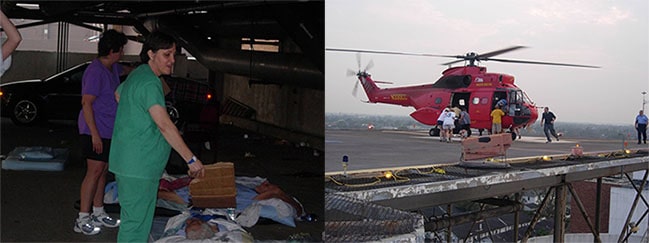
Eventually, some of the critically ill had died. The chapel became a makeshift morgue and nurses are seen crying in corners, exhausted after fighting in a different kind of battlefield. They know help is on its way. But why is it that hope seems inexplicably bleak.
Nurses and doctors working in other floors have opened up patient’s charts and began to decide who gets to be evacuated first or who remains, based on the patient’s diagnosis. Like a bomb had just struck the place, the triage system was activated to evacuate as many lives as they can, fast, or they will lose more as clean water became scarce and medications are running low. It is already the fourth day that they are stranded in the hospital.
In the dimmest of lights, one by one, the patients were categorized into 1’s, 2’s, and 3’s. These numbers were then written on sheets of paper, which were then taped onto the patient’s chests. The 1’s will have to go first, as they were the ones who are still able to walk. The 2’s, who are a bit sicker and needing assistance would then have to wait in the corridors of the hospital. Those under category 3’s are the critically ill, and most under this category are already on a DNR status before the storm made its landfall.
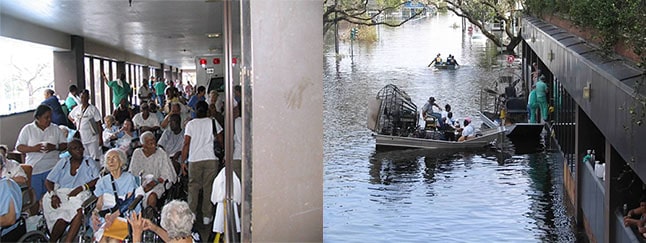
That afternoon, Dr. Ewing Cook, a 61-year old pulmonary specialist and who was just promoted to be part of the medical administration a week before the storm happened was surveying the ICU, which was located on the third floor of the said building.
He had just asked one of the nurses to increase the morphine dose for Jannie Burgess in a way that could help her go quicker by inducing respiratory depression through morphine overdose. Burgess was already on DNR, has been under palliation, and was treated with morphine for comfort.
Helicopters outside were slowly taking in patients, some took at least 45 minutes to move patients out of the building, and more patients are still in need of attention. Medical staff focused their energy on transferring patients, carrying some of them in the dark through flights of stairs all the way to the rooftop, transferring patients through a three-by-three-foot wide opening which led to a parking garage where a truck was waiting to transport them to the top. Another two flights of stairs later and emergency helicopters would then receive the patient for evacuation.
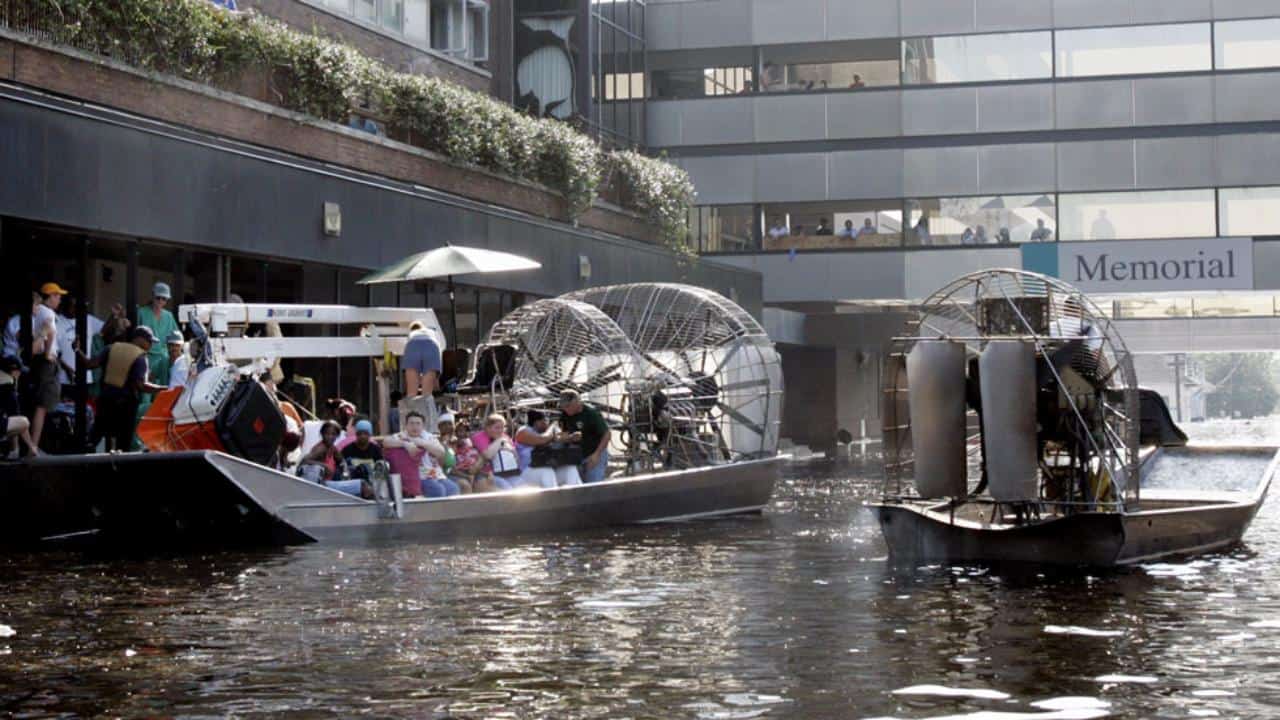
People outside were floating on muck and water from the sewers and are begging to get inside the building, to the dismay of the staff as letting these people in will only worsen the stress of the hospital as supplies and food are running low. It was also summer, and the heat in the building was not making it any better. The temperature inside the hospital rose to over 110 degrees as air-conditioning failed to function and the smell of dead bodies became “so rancid it would burn the back of your throat.”
The whole New Orleans was in distress, rescue operations are still flawed and in chaos, as priorities were given to the people in the streets rather than the people in the hospitals, the process still slow due to lack of available rescue boats and helicopters. Telephones, computers, and other means of communication were in dysfunction, creating more delays in the rescue operation. Sacrifices must be made in these crucial times.
Four nurses minded Jannie in the ICU, the only patient left in the unit who hasn’t been evacuated yet. She was a 79-year old woman and was filled up to the brim with fluid due to her medical condition, and was weighing approximately 240 pounds.
Looking at Jannie, Dr. Cook thought, ‘I am not going to drag someone as heavy like her down to the evacuation point, plus these nurses are needed on the floor instead of being stuck here in the ICU.’
“Give her enough morphine till she goes,” Cook ordered.
Cook opened Burgess’ chart, scribbled “pronounced dead at” and left the time blank, signed the form and left, knowing that any minute now, Jannie will be gone for good. The increased dose of morphine will give her extra comfort before she dies.
This scene is not from a movie but has happened in real life, 48 hours after a category 3 hurricane named Katrina hit America in 2005. Memorial Medical Center was supposed to be the shelter for the storm. However, it became an object of scrutiny as it was evident that some of the doctors and nurses have agreed to hasten the death of some of the critically ill patients on DNR to lessen the people that they have to worry during the evacuation.
The death of the laws of man.
Out of the 45 corpses that were discovered inside the makeshift morgue of the hospital, 23 of them were identified to have been positive for either morphine or Midazolam, or a combination of both, after autopsies were performed during the investigation. It perplexed the investigators that some of them have higher than the normal levels, which led to speculations of foul play. Most of them are also said to be on a DNR status, although the records of the said patients, as well as their diagnoses, were not exposed to the public to confirm the claim.
23 of them were identified to have been positive for either morphine or Midazolam, or a combination of both
Memorial Medical Center hosted 187 patients, approximately 600 medical personnel, 500 family members, and a wide range of pets that the family members have brought with them during the storm. Memorial has also been a partner of LifeCare, an institution located on the seventh floor of the building and which was said to be a “hospital within a hospital.” LifeCare has been serving to the very sick who are most of the time in need of intensive care such as mechanical ventilation and rehabilitation, helping the patients to breathe on their own. But LifeCare did not have many DNR cases, as the clients with them are not under hospice management. At that time, LifeCare has 52 patients waiting for evacuation.
When the disaster struck, Richard Deichmann, the medical-department chairman of the hospital decided that the DNR ones have the least to lose, and have mandated to have them evacuated last.
A DNR order generally is signed by a doctor when the patient’s condition is already irreversible. This would mean that the patient should not be given any means of revitalization when the heart or respiratory function suddenly stops. But the idea of inducing them to stop breathing by medication overdose is totally far off from the meaning of DNR.
“This was totally against every fiber in my body,” Dr. John Thiele recalled, who was one of the doctors who had helped in administering higher than the usual doses of morphine to the patients under category 3. “We were abandoned by the government, we were abandoned by Tenet (the Texas-based hospital chain that owned Memorial), and clearly nobody was going to take care of these people in their dying moments.” He added, “I did what I would have wanted done to me if the roles were reversed.”
Outside, the helicopters from the Coast Guard and private ambulance companies began landing on a long-unused helipad atop an eight-story parking garage adjacent to the hospital. Pilots are rushing everyone as there is growing civil unrest in the city. Martial law was already implemented. Gunshots were ringing now and then and people are more afraid of staying inside the hospital’s premises.

People are hoarding and looting what they could salvage, and any minute now, the hospital will be raided mercilessly, that’s for sure. People outside are in survival mode. Dr. Thiel was also sure that the people firing guns outside of the hospital would eventually get in. Survival of the fittest is the code. It’s either leave now or be killed later on.
The coast guard barked orders to evacuate everyone that is still alive by 5:00 on the afternoon of September 1, 2005. This would be the final attempt of a massive rescue operation for Memorial Medical Center, and anyone left behind would have to survive on their own.
After one of the doctors started euthanizing the pets that were brought into the hospital, Dr. Susan Mulderick then thought this could be the answer to the desperate situation that they are in. It is already the fifth day being stuck in the hospital with only water to survive with, and by now, tension is rising as conditions of the critically ill are deteriorating. The only redemption they could give is through a painless death. Mulderick then talked to Dr. Anna Pou about the plan, and it was immediately executed.
Dr. Pou was a head and neck surgeon who has a reputation that was highly regarded by both doctors and nurses alike.
Earlier on, Dr. Cook had a discussion with Pou on how to mix the right concoction of Midazolam and Morphine to stop the breathing ultimately, 10 mg Morphine and 5 mg Midazolam, helping them to ‘cut down their respiration, so they gradually stop breathing and go out.’
With the situation in crunch time, Dr. Thiel, who was manning 24 or so patients on the second floor, saw Pou and two nurses Cheri Landy and Lori Budo come in, armed with vials and syringes filled with medications.
Dr. Thiel watch as Dr. Pou, the doctor who was loaded with vials, began injecting medications into the IV’s of some of the patients under category 3.
“I will give you something for the pain,” Dr. Pou said.
“I have something to make you feel better,” she murmured to another patient who was lying on a stretcher.
Patients who have been struggling to breathe for the past hours began to relax. Dr. Pou worked in silence as she flipped charts checking for the diagnoses, then deciding if the patient is a candidate for the said medication. The nurses withdrew more of the medicines in syringes and helped with the goal that they have clearly in mind: to bring an end to the patients who have been in misery, providing the best comfort and dignity that they could have, suppressing their breathing.
…heal frequently, cure sometimes, comfort always.
Thiel was very much internally conflicted at first. He was a believer in the medical motto: heal frequently, cure sometimes, comfort always. At that point, there is no time to search for any meaning with what is currently happening with his reality, but he knew for sure what he must do according to his conscience.
“Can we do this?” he would later remember asking Karen Wynn, a nurse manager in the ICU and who also served as head of the hospital’s bioethics committee. “Do we really have to do this?”
She knew that the outcome would be the same anyway – these people will not make it. So why prolong the agony?
Wynn, in her opinion, has spent all her life medicating people in the ICU, and she has seen more than enough cases to determine if one is getting better or not. She knew that the outcome would be the same anyway – these people will not make it. So why prolong the agony? Turning her attention to an elderly white woman who was in labored breathing, she mixed saline with 10 mg Morphine, a bit of Midazolam, and pushed the medications into the IV line. Half an hour later, the patient passed away.
Thiel slowly approached Pou and offered to help. At first, Pou refused, but Thiel insisted. “I want to be here,” he said. He knew then that the downfall of the normal ethical standards of medicine had just begun. But he took a syringe and plunged the medication into the IV line of one of the patients, finally at peace with the thought that he had somehow alleviated some of their sufferings.
Some of the nurses were looking on helplessly, some protesting and wailing at the decision made by the medical administration. One wept while giving the patient a final hug before he breathes his last. Some are conflicted on what their virtues are dictating them. When you are in that situation, those virtues suddenly became insignificant. Most just let their silence do the talking yet emotions were definitely running high.
Bryant King, an internal medicine specialist, had strong convictions with the matter. “I disagree 100%. The idea was stupidity itself,” he said. In his opinion, it was just two days since the flood had destroyed the power supply, everyone is more or less hydrated and was being treated with small doses of painkillers for comfort, and hastening their deaths is too much of an overreaction.
This is risk management that was born out of fear. Mercy killing was uncalled for, and this is not part of a doctor’s or nurse’s oath.
But what could one do, but just to hold the hand of the dying and let them know that they are not alone at the time of their death? And so the nurses did just that: providing comfort to the dying while they are in the middle of a broken heart.
Wait for divine intervention or become the instrument of divine intervention?
“Who are they to play God?” some would ask.
No one could predict how the patient will fare as time goes on, but the possibility of a recovery is always on the table. The subjectivity of who looks like a candidate for impending death is still an unreliable deciding factor. Triaging is one that is still open for improvements to provide a streamlined approach all across the healthcare industry to answer the question: who gets to live and who gets to die?
There may be some guidelines on how to make a final decision, but there is still a gray section of the matter; what one practitioner say might be different with another person based on differences in opinion. But the thing that made it upsetting to some was when a few selected medical personnel have decided who will have to die, without consulting the family first or getting the consensus of the majority. Sure at that point, one could argue that there is no time for that. And at that point, the intention of the persons in question are good.
There is still an openness to the what if’s of the situation. What if they could have waited a bit longer, and what if more rescue or aid will arrive just in the brink of time? The possibilities of a different end if they have only acted in another way is what’s keeping the whole situation look like an insult to one of the codes that nurses and doctors look at as a guideline – which is to do no harm.
We have disaster plans for lack of clean water. For storms. For floods making the roads impassable. For lack of immediate emergency supplies. For civil unrest. But with cases like hurricane Katrina, one would then realize that “Hey, we don’t have a disaster plan if all of these come together.”
Such moments have kept the flaws of the system exposed and for them to be rectified, but at the bottom line of it all, we are indeed given a wake-up call that we can never be ready 100 percent to every form of disasters in the book.
Medically ethical or mass murder?
We, in this business, often don’t know what is right or wrong. We tried to handle each situation as it comes, hearing out all possible pros and cons, but we are not entirely ready to face every single circumstance such as this.
To give credit to where it is due, in all fairness to the staff of Memorial Memorial, they were working relentlessly during the evacuation process, round-the-clock they delivered the best care they can muster. Somehow, managing to save all 16 critically ill in the neonatal unit and most of the patients that are pregnant, along with some elderly that are in need of oxygen and further medical interventions.
By the end of day five, everyone alive in Memorial Medical Center, patients and staff altogether, were fully rescued out of the building. But a week after when the mortuary team arrived to recover the decaying bodies out of the hospital, 45 was too much of a number that it brought forth suspicions as to what actually happened that day. The disaster mortuary team realized this is the highest number of death toll recorded in a hospital compared with the rest of hospitals and nursing homes all over Louisiana.
Immunity against Prosecution
On the evening of late July, nearly a year later after Katrina brought disaster, Dr. Anna Pou along with Cheri Landry and Lori Budo were arrested due to four counts of principal to second-degree murder concerning the deaths that happened during the hospital’s disaster management.
Louisiana’s chief law enforcement official, attorney general Charles Foti later declared that the arrests were made as “This is not euthanasia. This is plain-and-simple homicide,” he said. “I would probably say there will be more arrests,” he retorted.
Later on, Dr. Pou would then say on national television that she is not a murderer and had given the drugs with the intent to provide comfort, nothing more.
It was a scandal that gripped the nation, and the media was having a field day. A public rally erupted from the people of Louisiana as they pour support to Dr. Pou. Speakers are afraid that if these medical workers were indicted after serving uncompromisingly during a national disaster, doctors and nurses alike would flee the state, looking for more support and understanding elsewhere.
Dr. James Young, president of the American Academy of Forensic Sciences, later wrote: “All these patients survived the adverse events of the previous days, and for every patient on a floor to have died in one three-and-a-half-hour period with drug toxicity is beyond coincidence.”
After considering the diagnosis of each deceased with high doses of morphine and midazolam, several cases emerged as an oddity, including the case of Emmett Everett, a 61-year-old LifeCare patient who was identified to have both drugs in his system during an autopsy. As per witnesses, Emmett had fed himself breakfast on that Thursday morning, and had even asked his nurses whether they were “ready to rock’n’roll.” He weighed 380 pounds and was partially paralyzed. According to witnesses, Dr. Pou and other staff members had decided that he was too heavy to be transported, but as per Pou’s attorney, Emmett had died of a heart attack due to cardiomegaly and not as a direct result of Pou’s interventions.
However, the local coroner named Minyard also believed that the women’s intention was not to murder them, but had done it out of sheer desperation and good will.
The local prosecutor then dropped the charges against Pou and the nurses based on this belief and obligated them to testify in front of a jury instead.
Days passed, and finally, the jury has a decision: to free Pou and the nurses from any indictment. One of the jurors then reasoned that nobody had testified to seeing her inject a patient, and evidence to prosecute her for being the sole reason for the deaths is lacking. But the jurors have concluded that a crime was definitely committed on September 1 of that year.
Following her release, Pou worked passionately in reforming the laws revolving around the medical workers’ immunity from prosecution for actions that were done out of “goodwill.” She successfully campaigned in the passing of legislation in Louisiana that provided support for their work “in accordance with disaster medical protocol.”
The decision had erupted opposing opinions everywhere, as some treated this as an insult to the code of conduct of medical ethics. But one can only feel what it was like to be in that situation at that time, and in the end, would just come to terms with the thought that the intention behind the action was entirely for good.
When you work in a medical environment, you will be taken aback as life drops bombs on us in every possible way. Our worst fears would often become a reality, and we are condemned for sins instead of being understood that that was part of being in a tragedy. But at the end of the day, just like Pou and the nurses who were involved during that fateful day in Memorial Medical Center, it would be safe to say that most of us would act based on what we initially have: a heart that only aims for the best of the majority.
But if you were in that situation, what would you do?
Sources:

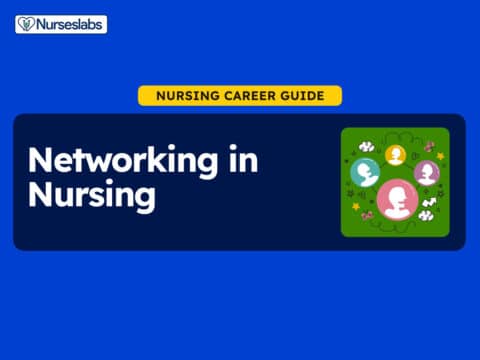


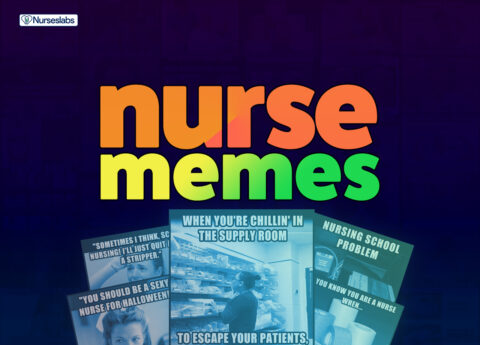



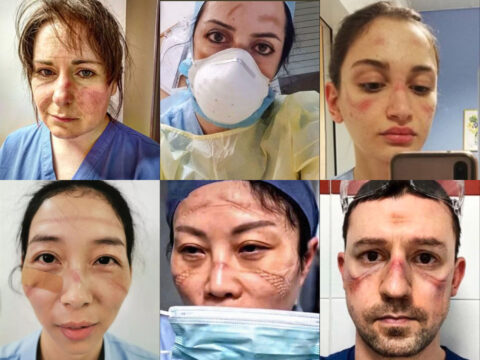
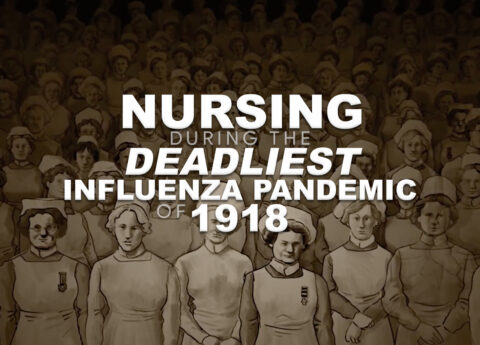



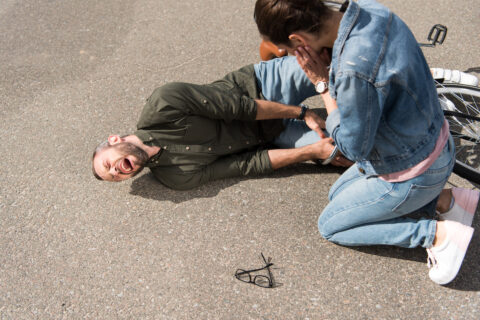



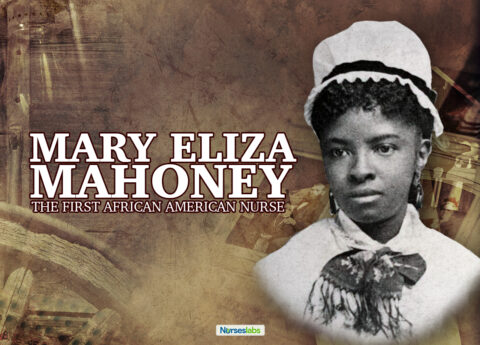








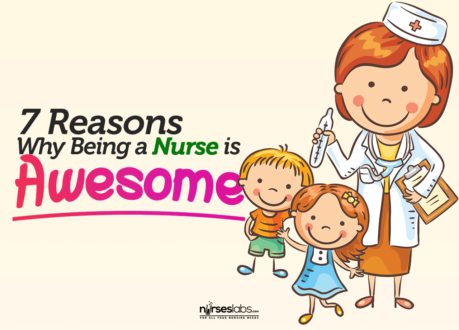





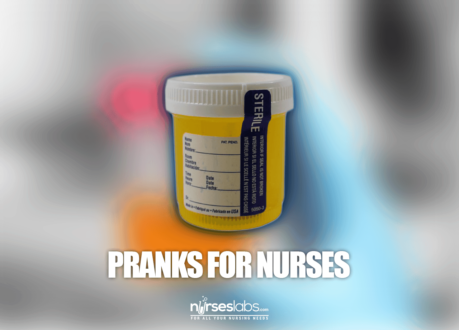


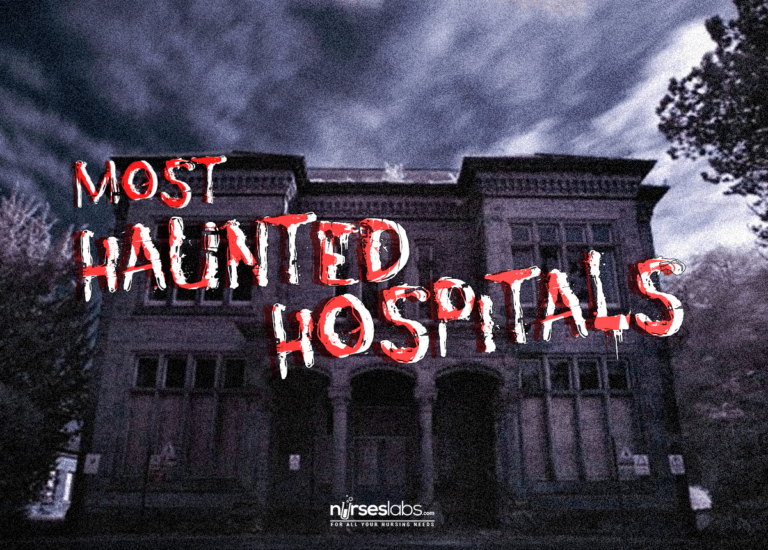

Leave a Comment